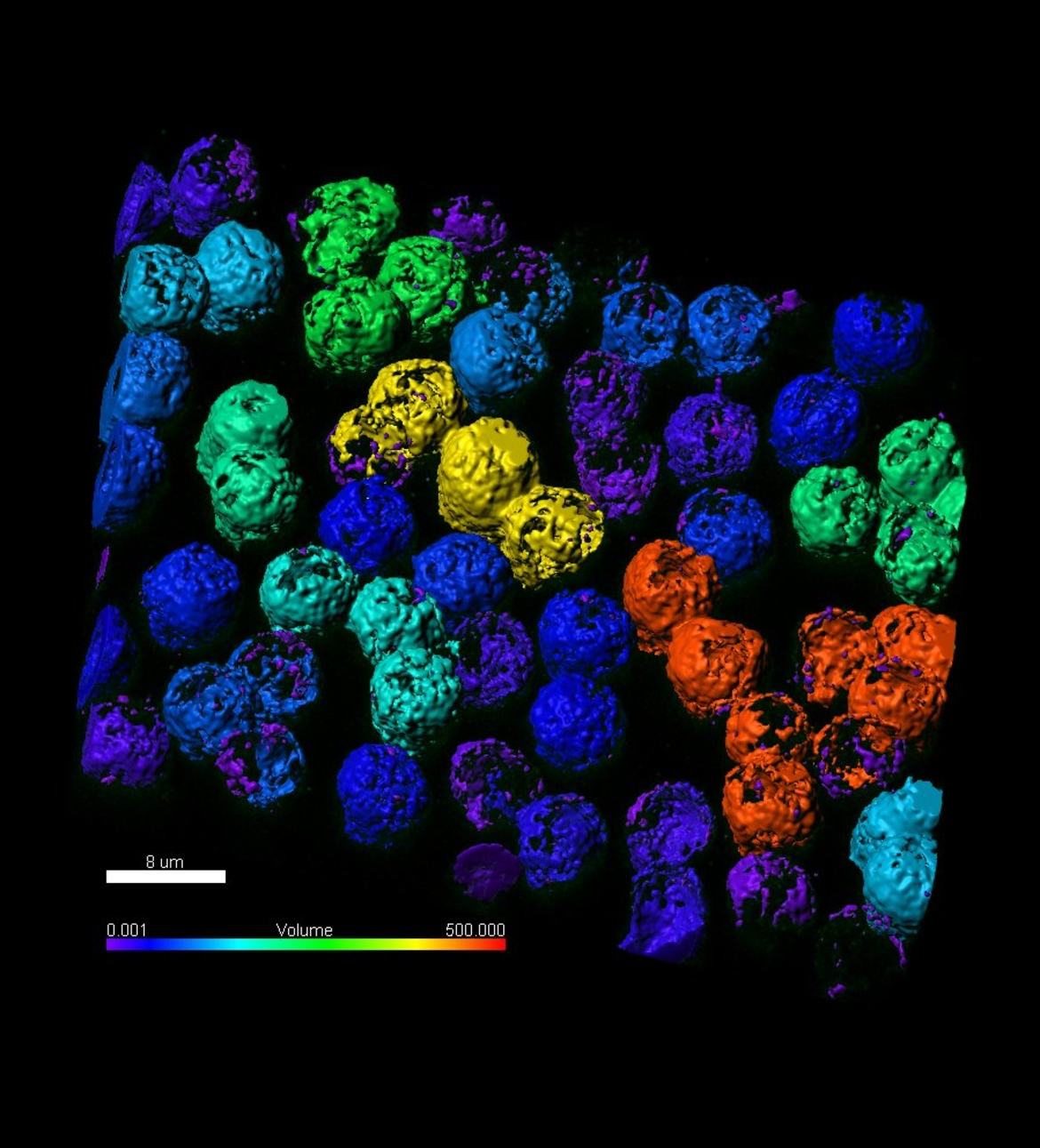On October 31, the Monitoring Commission of the agreement signed on April 23 by the Ministry of Science, Innovation and Universities and the Carlos III National Cardiovascular Research Center was established to expand the capabilities of the TRIMA node of the Distributed Medical Image Network (ReDIB).
ReDIB is a Singular Scientific and Technical Infrastructure (ICTS) distributed by the Advanced Translational Image Infrastructure (TRIMA) of the National Cardiovascular Research Center (CNIC), the Molecular and Functional Image Platform of CIC-biomaGUNE, Image Platform of the Research Foundation of La Fe University Hospital and the Bio-image Unit of the Complutense University. This ICTS is part of the current ICTS Map approved by the Scientific, Technological and Innovation Policy Council on November 6, 2018.
Within the ReDIB Preclinical Imaging section, the TRIMA node provides a series of equipments to the Nanoscopy Platform for the characterization of biomolecules at an early stage and the ultrastructural analysis of subcellular organelles using multicolored fluorescence markers. An investment plan has been developed to increase the flexibility of this platform to update existing super resolution image resolution capabilities. To this end, this project will increase the flexibility and capacity of the Nanoscopy Platform by adapting it for multilayered and ultra-fast in vivo image layering.
The total budget of the project is € 640,000 and half of it is co-financed with funds from the European Regional Development Fund (ERDF) corresponding to the Spanish Multi-Regional Operational Program 2014-2020, allocated to the General Secretariat for the Coordination of Scientific Policy of the Ministry of Science, Innovation and Universities, and mean to finance projects and actions related to infrastructures included in the current ICTS Map. The remaining 50% is contributed by the CNIC.
This operation involves providing the most complete Spanish nanoscopy platform, a unique facility that will offer the most advanced technologies in the field of resolution image for biomedicine and life sciences, which can be accessed by a large number of academic professionals and industrialists, as well as students and researchers. Such capabilities will increase the scientific and technological competitiveness of this ICTS, increasing its possibilities of use, its capacity and its flexibility, thus providing pioneering imaging capabilities for complex in vivo studies.
ReDIB
CNIC


 Distributed Biomedical Imaging Network
Distributed Biomedical Imaging Network
